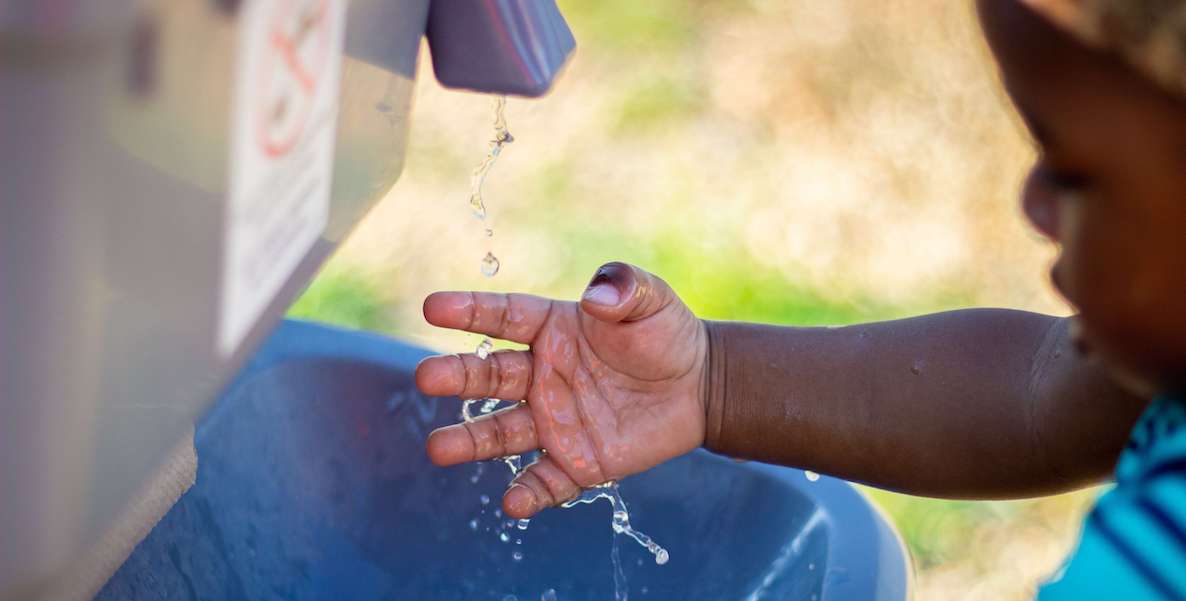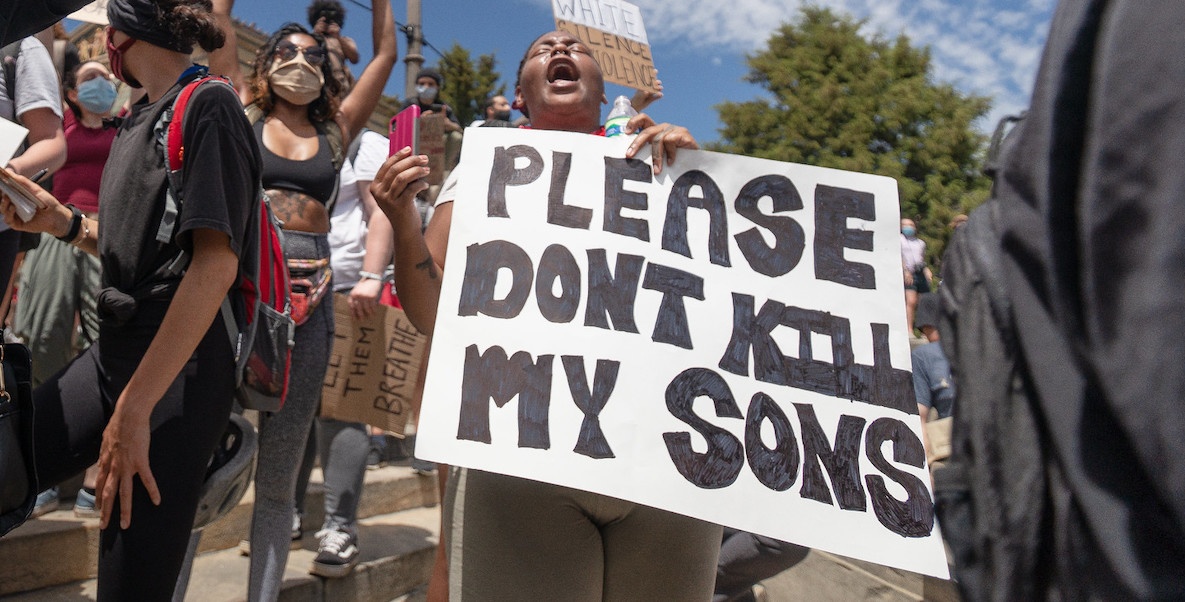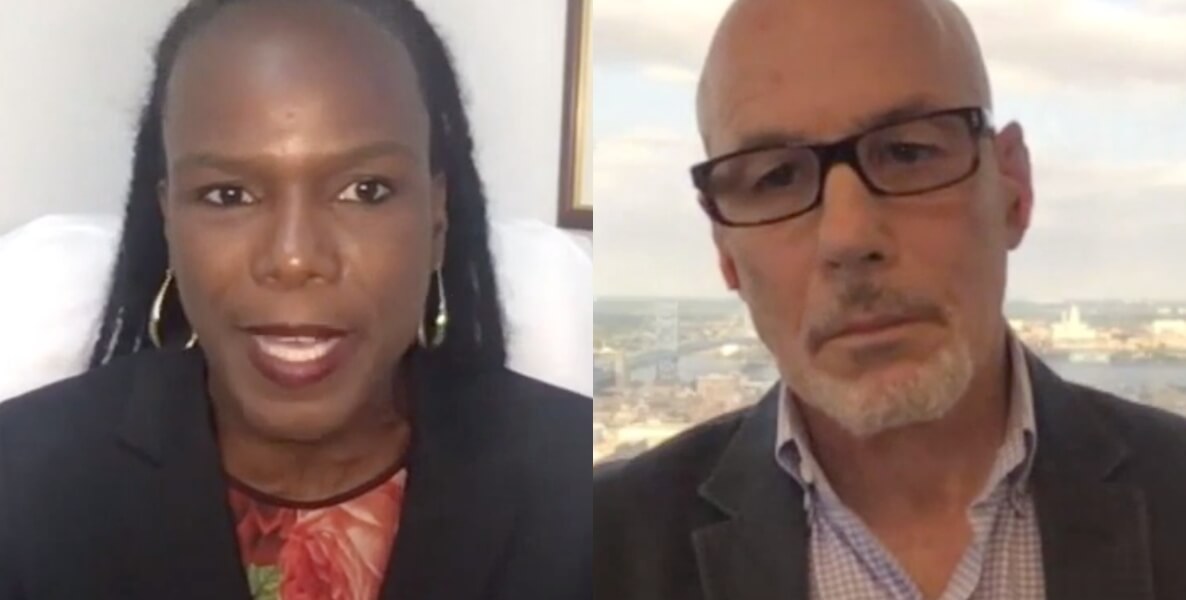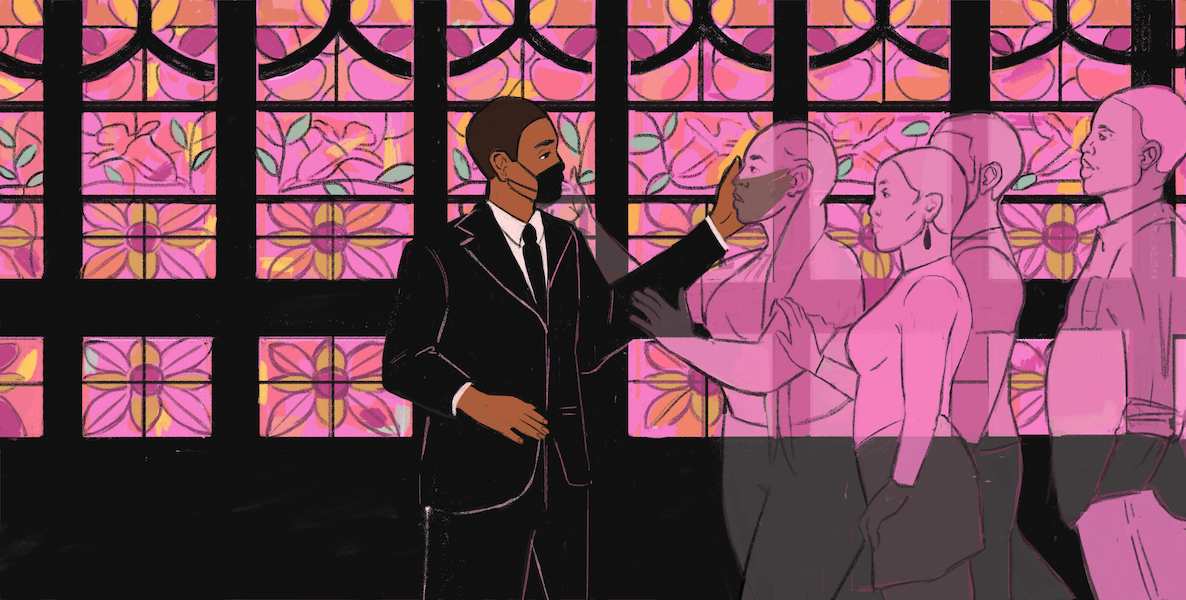![]() The history of Black mourning in America has been punctuated by an ongoing series of Black cultural innovations and syncretic practices transferred from African rituals too sturdy to be erased by the Peculiar Institution.
The history of Black mourning in America has been punctuated by an ongoing series of Black cultural innovations and syncretic practices transferred from African rituals too sturdy to be erased by the Peculiar Institution.
The second line, popular in New Orleans’ funeral processions comes to mind. But Black folk mourn differently. We don’t die. We pass on. We mark our transition from the mundane to the afterlife by mourning our losses in dramatically poignant ways. Passing on from this life to the next is always already a preeminent feature of our lived realities.
In Passed On: African American Mourning Stories, A Memorial, Karla FC Holloway argues that “African Americans’ particular vulnerability to untimely death in the United States intimately affects how Black culture both represents itself and is represented.” Our “particular vulnerability” is more pronounced and more palpable now than it has ever been.
As the largest scale protests in our nation’s history center on the untimely extrajudicial killings of unarmed Black people, the focus has shifted from the dramatically disparate mortality rates of Covid-19 in the Black community. Yet the facts of the disparity are inescapable: African Americans have died from Covid-19 at nearly three times the rate of our white counterparts.
Three times the dead means three times the funerals; or for Black folks: three times the homegoing services. We are mourning more in the age of Covid-19. But to mourn now cannot be what it was like to mourn then—in our long history, or in the immediate history preceding the pandemic. There are too many stories in the grand narrative of the Black American experience that reroute us to our particular vulnerability, our untimely deaths.
![]() One of the most mournful public funerals in African-American history happened in Philadelphia in 1871. Octavius V. Catto was murdered in broad daylight. He was shot by a white man who hated him because he was Black. He was shot by a white man who represented many of the white people in Philadelphia who hated Octavius Catto. They hated him because he fought vigorously for this city to expand the sphere of human rights so that it would include Black people. Catto was shot by a white man and then he died in the arms of a police officer; the same police who stood aside while white rioters in Philadelphia intimidated and attacked Black people just for trying to vote.
One of the most mournful public funerals in African-American history happened in Philadelphia in 1871. Octavius V. Catto was murdered in broad daylight. He was shot by a white man who hated him because he was Black. He was shot by a white man who represented many of the white people in Philadelphia who hated Octavius Catto. They hated him because he fought vigorously for this city to expand the sphere of human rights so that it would include Black people. Catto was shot by a white man and then he died in the arms of a police officer; the same police who stood aside while white rioters in Philadelphia intimidated and attacked Black people just for trying to vote.
But Catto made a name for himself on behalf of Black folks and as such we came out for him in a display of public mourning that at the time was unprecedented. People came from all over the region to mourn his passing. And as Dr. Aaron Smith writes: “Catto was eulogized in pulpits throughout the country.” Catto was mourned all along Broad Street in Philadelphia on a rainy morning in 1871. He was only 32 when he was murdered.
For Black folks, our particular vulnerability is always already; and our mournful undertaking continues incessantly.
“The most you can do is have a wake.”
Local religious leaders are wrestling with the weight of this mournful undertaking, even as they embrace the social-distancing that deconstructs some of the most meaningful aspects of ritualistic Black mourning practices.
According to Reverend Joe Watkins, pastor of Christ Evangelical Lutheran Church, on Diamond Street in North Philadelphia, “You can’t really have a funeral as such because of social distancing. The most you can do is have a wake.”
Even these wakes cannot be what they have been. Only a small number of family members are allowed to attend and social-distancing means that the human interaction that mourning often requires is curtailed or nonexistent.
Some of this mourning is refracted through what seems like an endless array of challenges that Black folks must continue to face. But much of it is also reflected in the sad fact that disparate death rates and Black mourning are permanent features of the lived experience in Black America.
Pastor Joe and many of his colleagues wonder how they can communicate comfort through the masks, gloves and space required by social distancing. Funerals, as we know them, “are not being held during this pandemic,” he tells me. Gravesite burials, the moment where many pay their last respects to their loved ones, are limited to 10 masked family members who are advised to separate themselves by at least six feet.
One of the most difficult issues to grasp in this pandemic is all of the families who are unable to be with their loved ones as they draw their last breaths. There is no consolation for these families in the coronavirus version of the homegoing service.
In the era of Covid-19, Watkins and other religious leaders rely more on Zoom and Facebook Live to minister to their congregations and comfort the bereaved. Using new technologies for homegoing services is changing the ways in which we grieve and celebrate the lives lost.
No technology can replace face-to-face human interaction or the ways in which grief and the process of public mourning emanates in a particular space. Black people will recover these mournful practices; they have endured for centuries, but how do we comfort the pain for those who must mourn now?
We need a mourner-in-chief right now, but …
Reverend Charles L. Howard, the University Chaplain at Penn believes that traditional Black mourning practices reflect the “deep communion that we have with the other side.” But he is also quick to highlight the pitiful absence of leadership in the collective mourning we need to do as a nation.
We need a mourner-in-chief right now, but instead we have a president who, until this weekend, planned to hold a campaign rally in Tulsa, Oklahoma, on Juneteenth.
Tulsa is the site of one of the most brutal white supremacist actions against Black people—killing hundreds of African Americans and razing what was known as Black Wall Street. Juneteenth should be a national holiday—a moment to commemorate the millions of lives lost in the American slave trade and the actual end of the Peculiar Institution.
With over 2 million cases of coronavirus, the death toll for Covid-19 surpassed 114,000 last week. And there seems to be no plan or any indication that our elected leaders will commemorate the many souls lost to the virus.
Reverend Howard laments the loss of intimacy in traditional Black mourning practices. He waxes nostalgic about the many ways that Black folks grieve. For him, the coming together at the wake, at the repast, the pouring of liquor—libation—for those lost, the tagging of someone’s name; the makeshift memorials made at the site of the loss of life—these are the substance of our public grief.
“The most-cruel aspects of the moment we’re in,” he says, “is the greatly decreased ability to come together and hold each other and cry together . . .”
“You have to be able to lament.”
Black traditions of mourning are vital to Black identity. For Reverend Gregory J. Edwards, the founder and senior pastor of The Resurrected Life Community Church in Allentown, Black rituals for mourning are the “salve,” the “balm” that we need to heal the wounds of the racially disparate death that continues to dog our community.
Rev. Edwards suggests that the traditional homegoing service signals a certain kind of resistance to the mundane disparities of Black life in America. “We need the ritual of the lament and to stay there in order to [then] get up in the morning.”
Dr. Edwards is alluding to scripture here: “Weeping may endure for a night, but joy comes in the morning.” And his impassioned words make me think about how some of the joy that comes in our mourning those who pass on will be lost in the social-distancing that this pandemic requires.
If technology is a solution that leaves our leaders-in-grief with critical concerns for our mental and spiritual health in these times, then a turn toward theology may be one way to confront this mournful moment.
“We need the ritual of the lament and to stay there in order to [then] get up in the morning.” says Reverend Gregory J. Edwards. He is alluding to scripture here: “Weeping may endure for a night, but joy comes in the morning.”
Pastor Greg shifts into sermonic tones as he talks about the possibilities for prophetic lamentation in the Black community. “Prophetic lament allows us to actually ritualize, memorialize, [our grief] in some kind of tangible way.”
Edwards’ words resonate. He is calling for a collective crying out in grief that directly confronts the disparate conditions that underwrite the mortal inequities in American society.
![]() For Edwards, this kind of prophetic lament begins with the crying out, the collective articulation of our grief and our grievances. “But it must move beyond that, as well,” he says.
For Edwards, this kind of prophetic lament begins with the crying out, the collective articulation of our grief and our grievances. “But it must move beyond that, as well,” he says.
Prophetic lament might mean ending the current administration’s reign in November. It might also take shape as a series of economic blackouts and/or the development of specific economic strategies to sustain the energy of the current uprising. “And I think that that’s where genuine hope comes from; you have to be able to lament.”
As we wrestle with this process of prophetic lament we should be reminded of Claudia Rankine’s somber reflections in the aftermath of the 2015 massacre of nine Black churchgoers at Emanuel African Methodist Episcopal Church in Charleston, South Carolina. Rankine is clear that “a sustained state of national mourning for Black lives is called for in order to point to the undeniability of their devaluation.”
The persistent and systemic devaluing of Black life has been exposed in ways during this pandemic that will render these disparities indelible in our national discourse. And still we will mourn our losses. Some of this mourning is refracted through what seems like an endless array of challenges that Black folks must continue to face. But much of it—nearly all of it, really—is also reflected in the sad fact that disparate death rates and Black mourning are permanent features of the lived experience in Black America.
James Peterson is a writer, educator and consultant, and is host of Tonight on WURD, a nightly news program on WURD, Philadelphia’s only independently Black-owned radio network. The Color of Coronavirus series is supported by the Pamela and Ajay Raju Foundation.
Illustration by Noa Denmon






